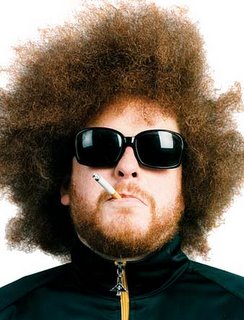Sean Hemingway, the grandson of Ernest Hemingway, has edited what he calls the "restored version" of his grandfather's memoir of Paris, "A Moveable Feast" but I'm not convinced that's necessarily a good thing. For fans like me, it's no bad thing, either, but the original, though not an approved version by Hemingway since it was published posthumously, has held up well enough since it's publication in 1964. Scholars and fans knew it had been edited by Hemingway's widow, Mary, and there was no reason to believe that what was left out or had been delicately changed or corrected, wasn't anything that Hemingway himself wouldn't have done. Now, Sean has come along and changed all that and made his own decisions and proclaimed the finished product as more like Hemingway intended than the prior version.
Well, who knows? For either version, we don't have Hemingway around to tell us what he really intended. The first version in no less legitimate than the new version and the new version is no less free from the editor's bias than the first. It's all an editorial judgment call though at least for Mary, she didn't announce her bias as Sean has; his clear intent is to repair the reputation of his late grandmother, Hemingway's second wife but I'm not sure he has accomplished this. The Pilot Fish and the Rich remains as a sketch of Hemingway's torment of being caught between the love of his wife and his new love of Pauline. Including the previously unpublished fragments does little to change this. (You might as well publish "restored" versions of "Islands In The Stream" or "The Garden of Eden" or "True at First Light" - wait, that's already been done. Hmm. Sounds like there's already quite a market in place for "restored versions" of prior works. There's no end to second guessing the work of those who came before. And it's probably quite lucrative.)
Oh, get on with it. Is it a good book or isn't it? Of course it's a good book. It's Hemingway and Paris and what could be better? I've previously blogged about my delight of the inclusion of copies of the manuscript pages from Hemingway's draft so in that respect it's a better book than the first. But the book serves as a reminder that the Hemingway myth is large. It's hard to tell where the myth begins and reality ends. Was Hemingway playing to the myth he had already created? It's hard to tell after all these years but for those of us who enjoy the myth, it doesn't really matter. It's good to visit these sketches again and to dream about what it must've been like to be young and talented, on the verge of a breaking through to what would become a major career, and living in Paris.
Friday, July 31, 2009
Subscribe to:
Post Comments (Atom)




No comments:
Post a Comment